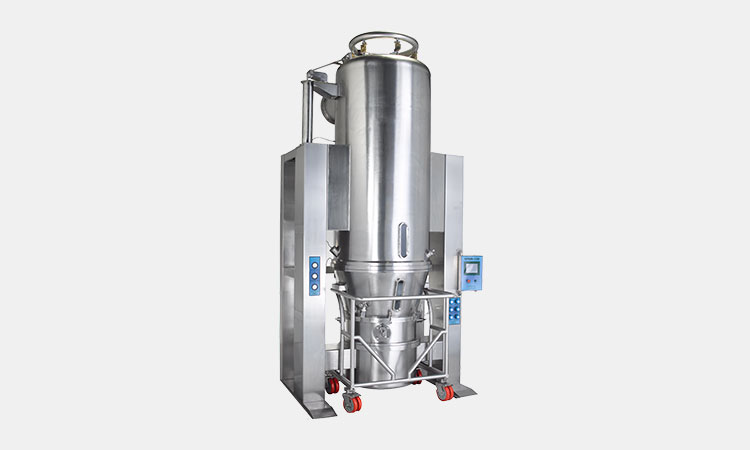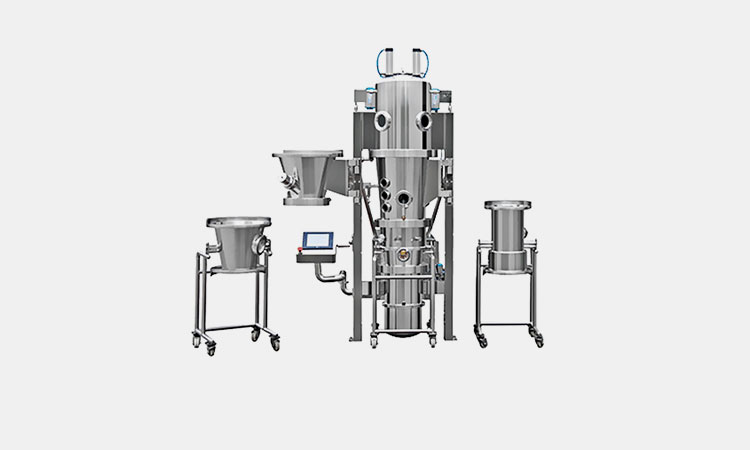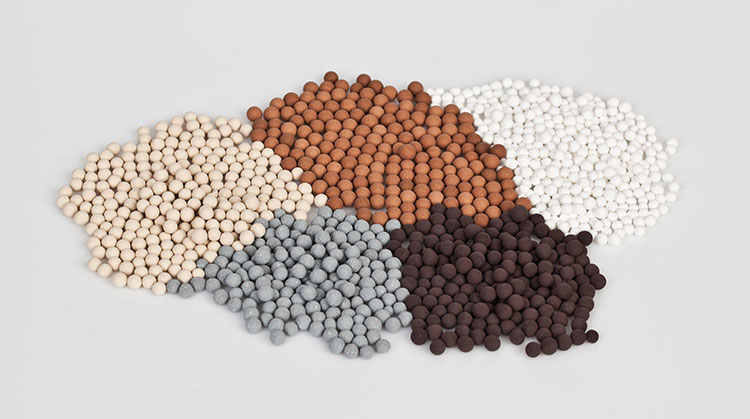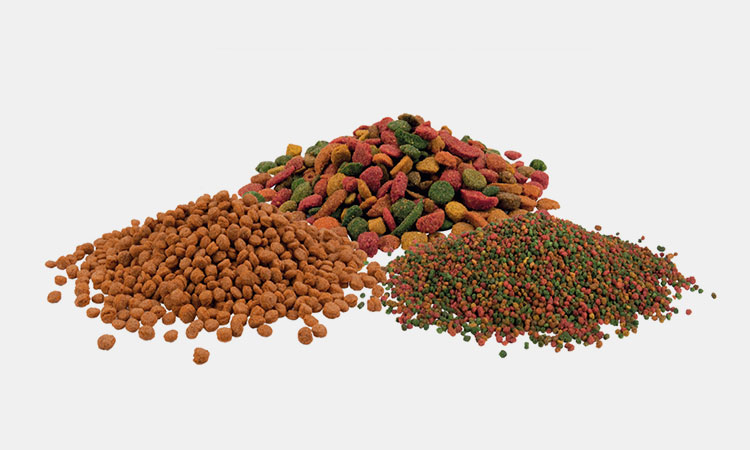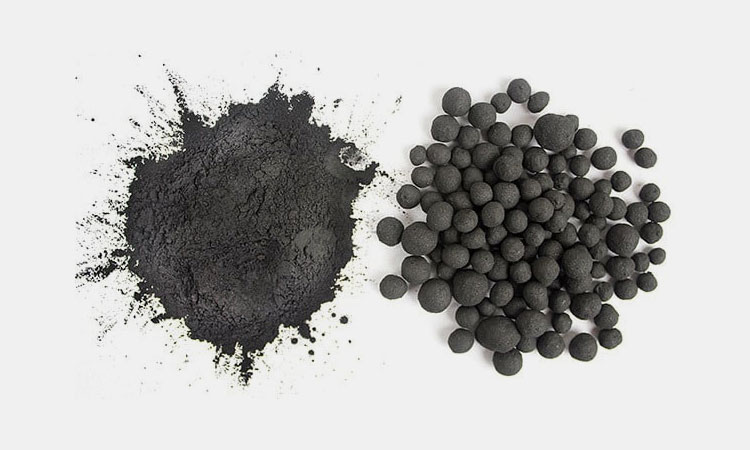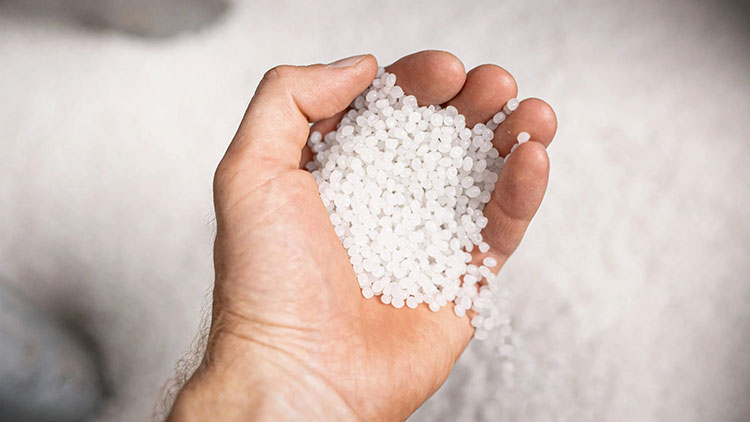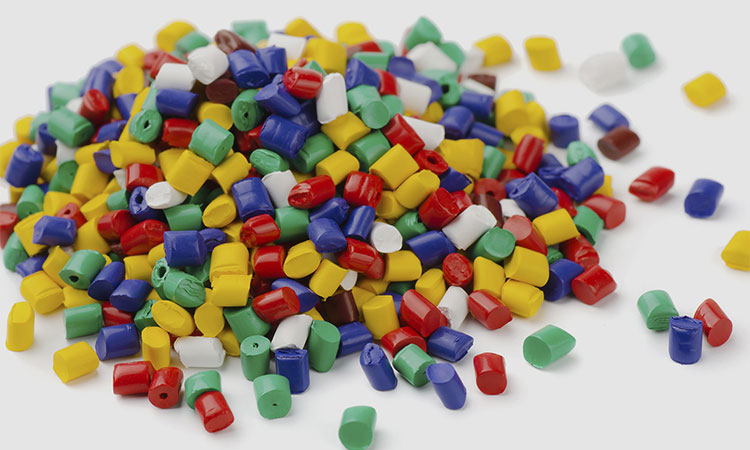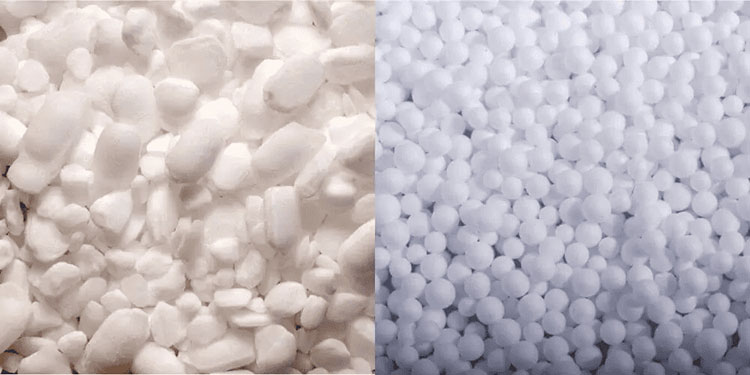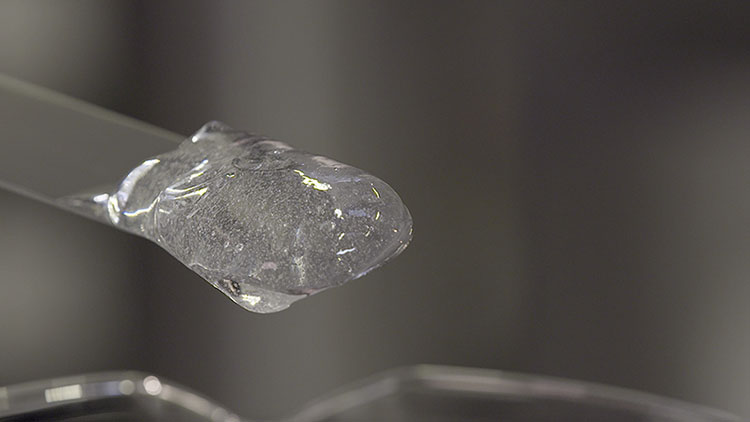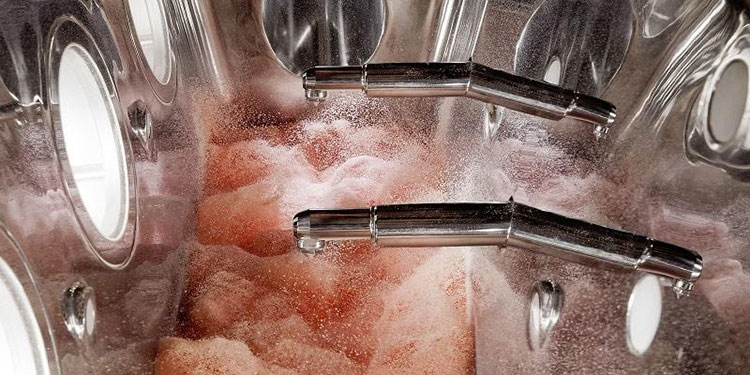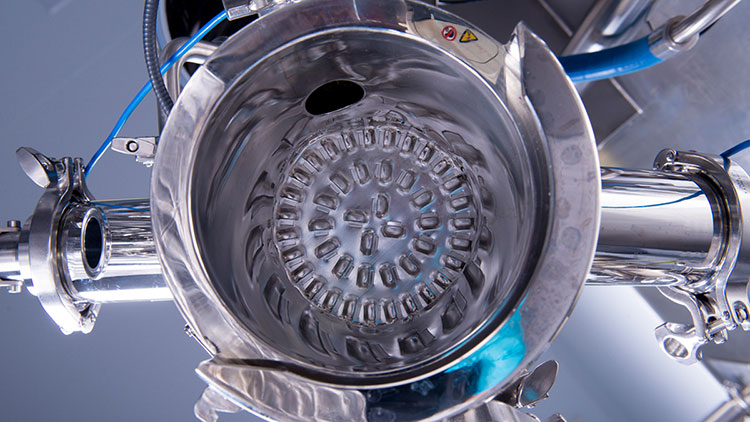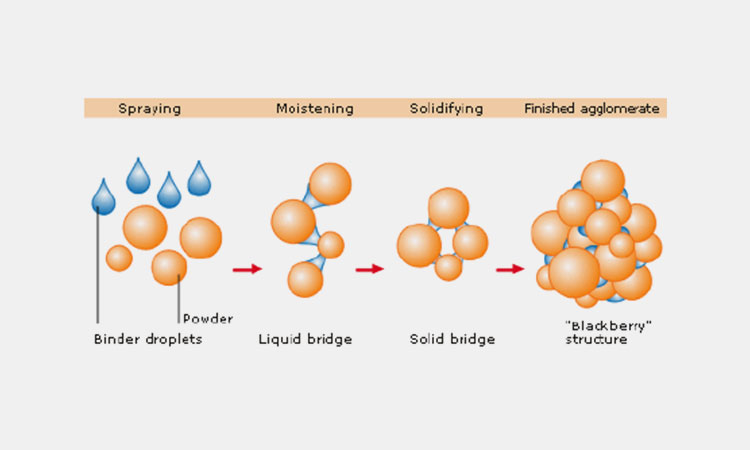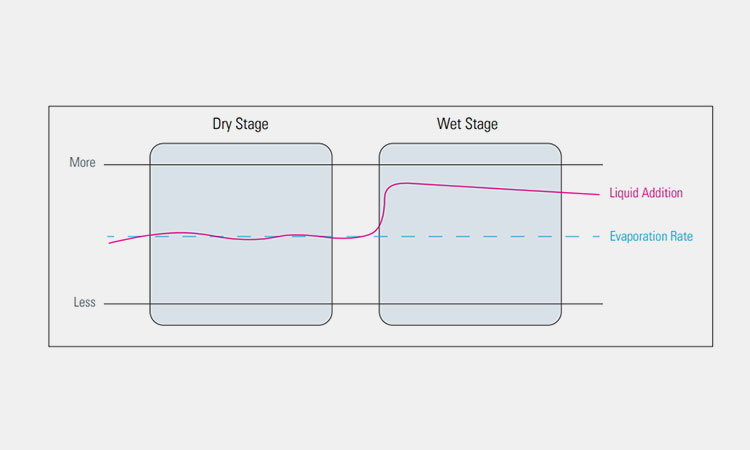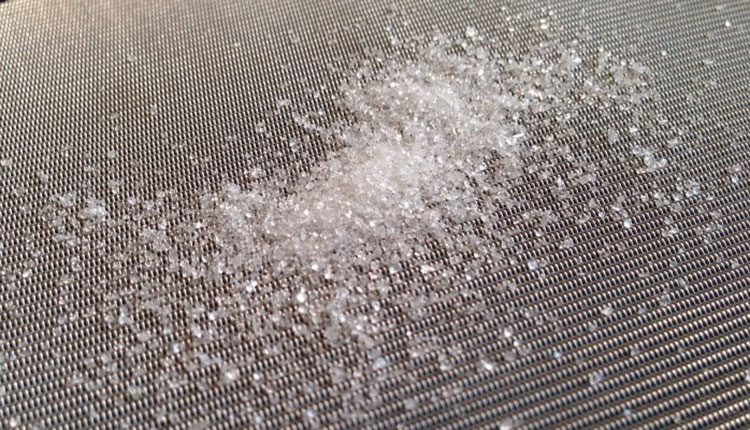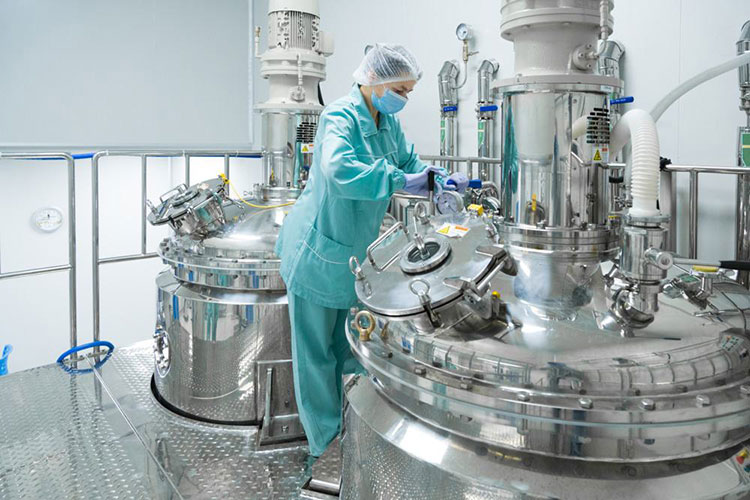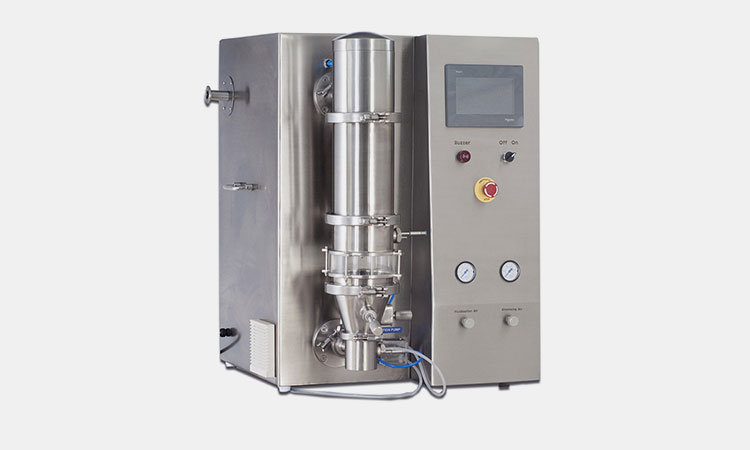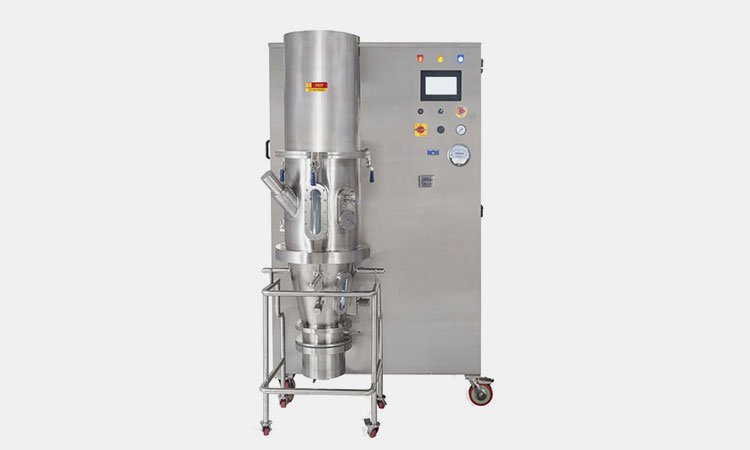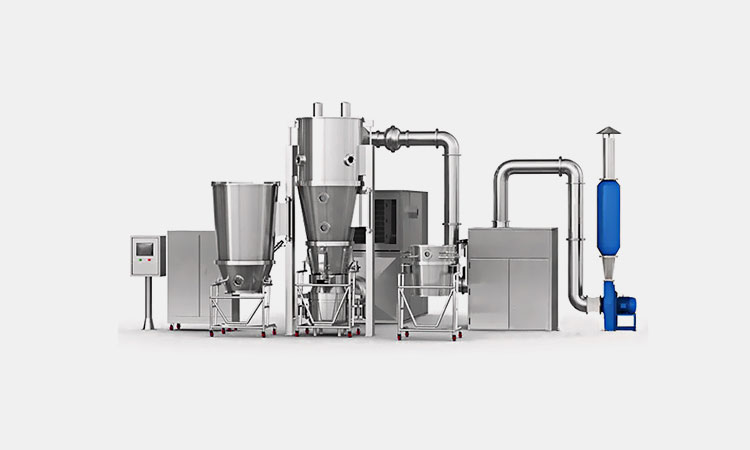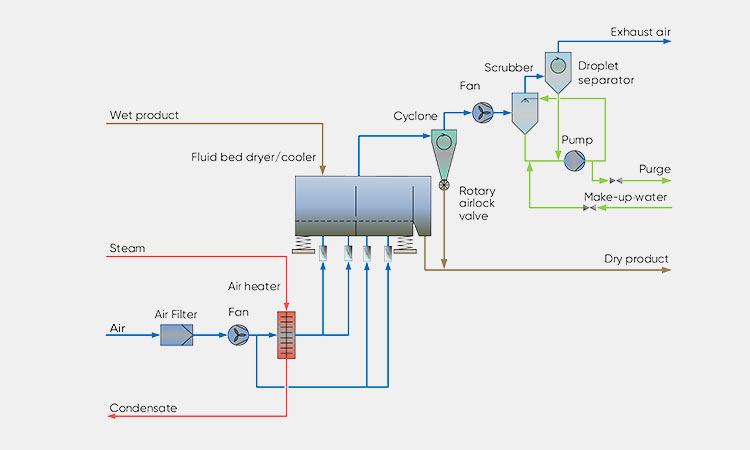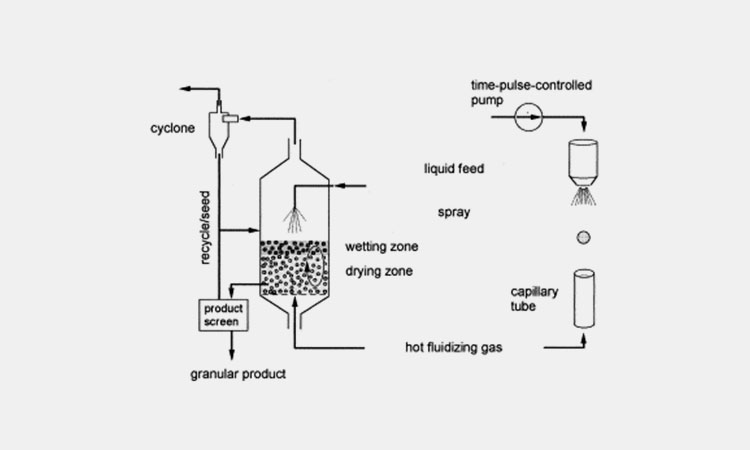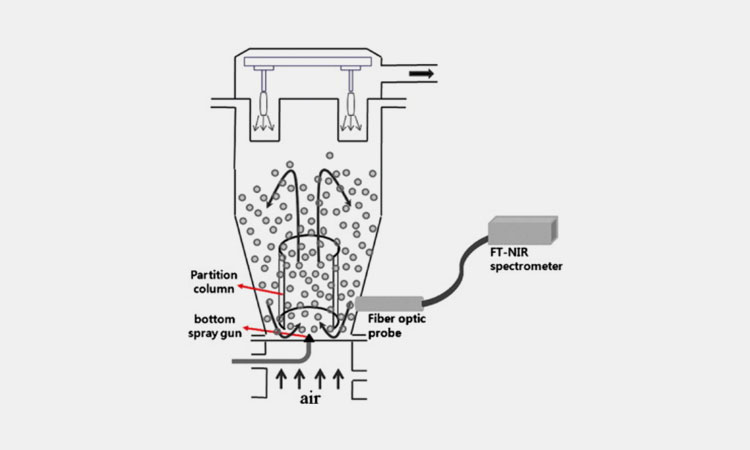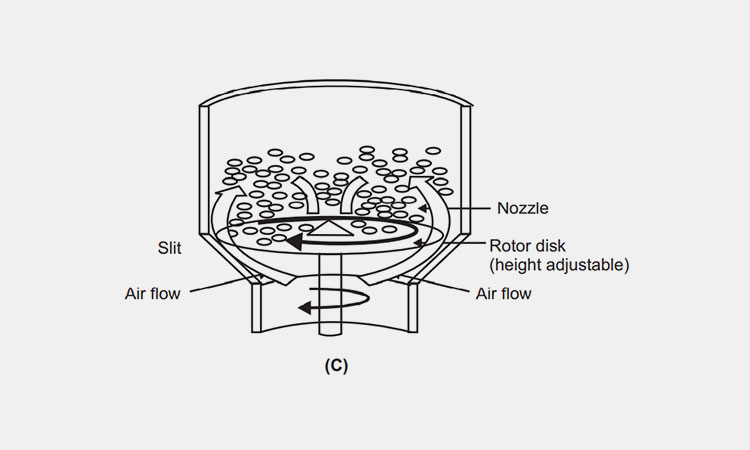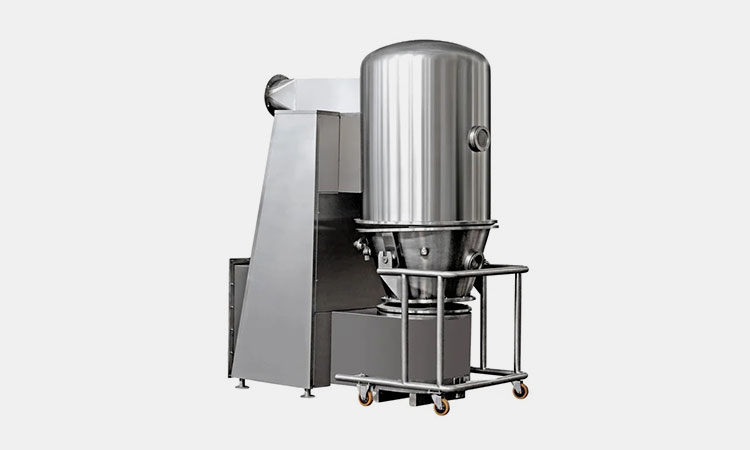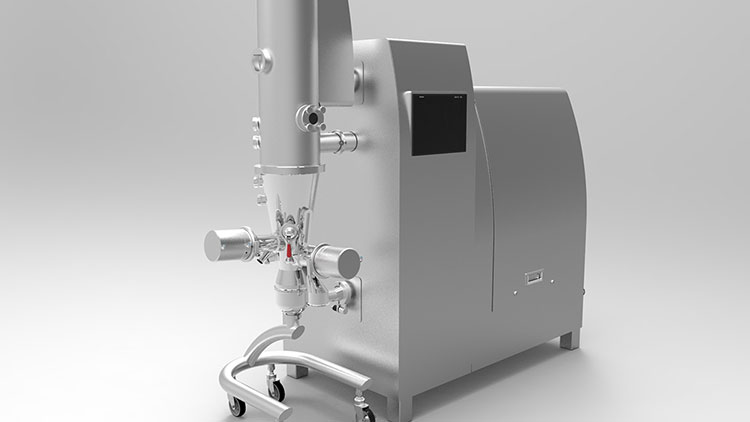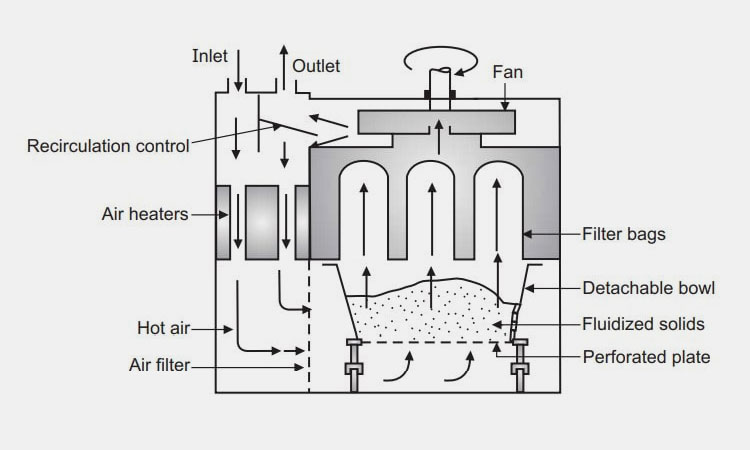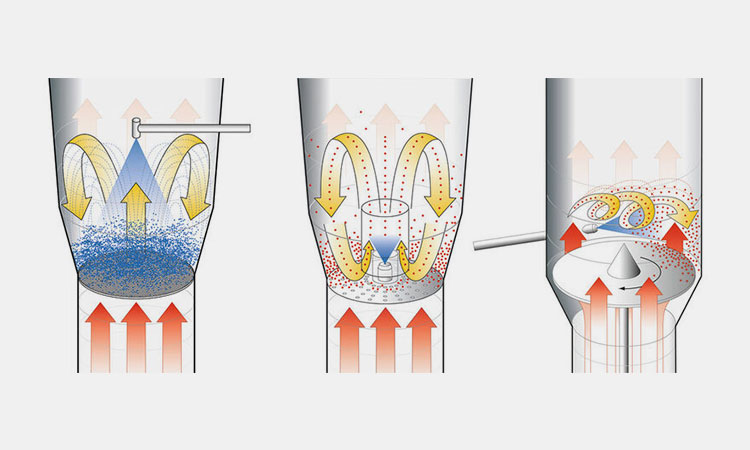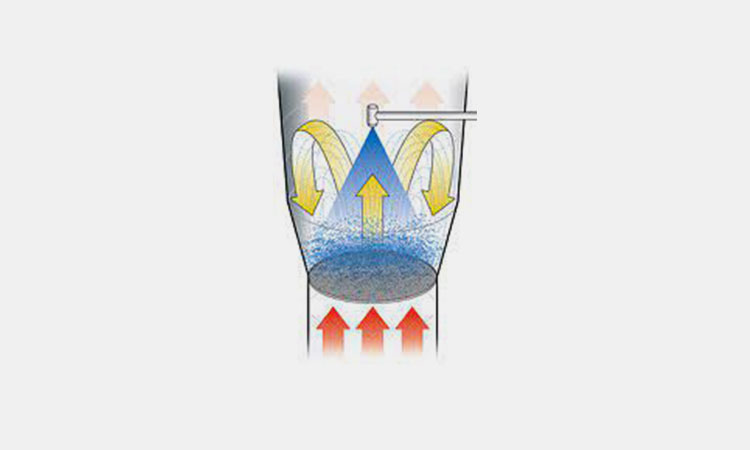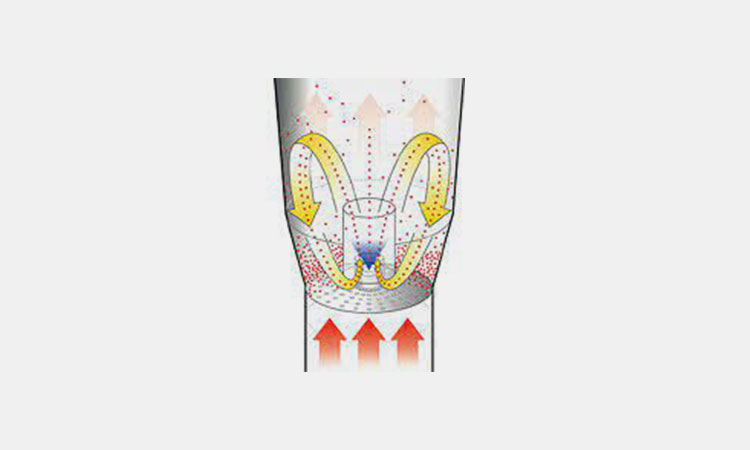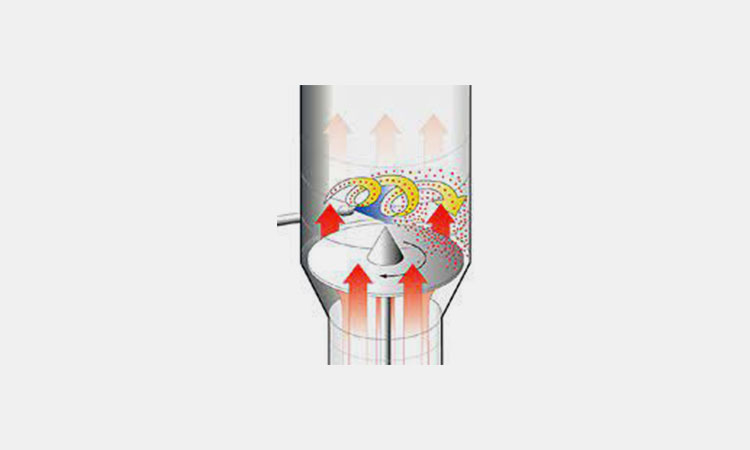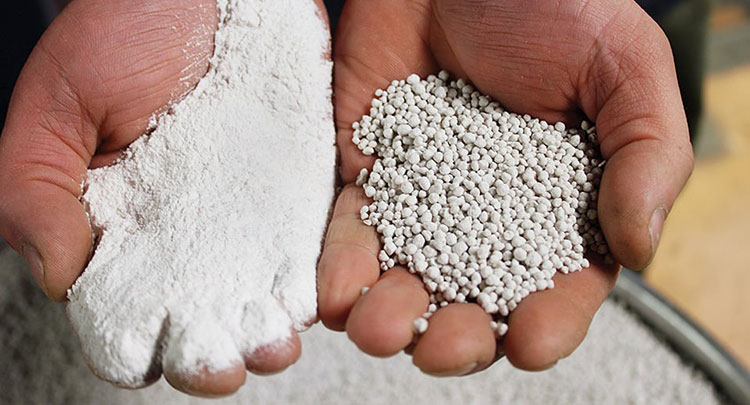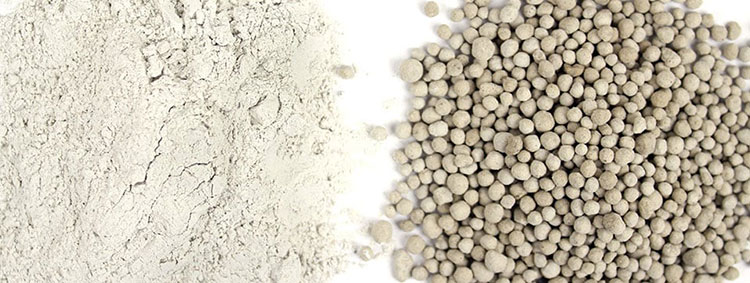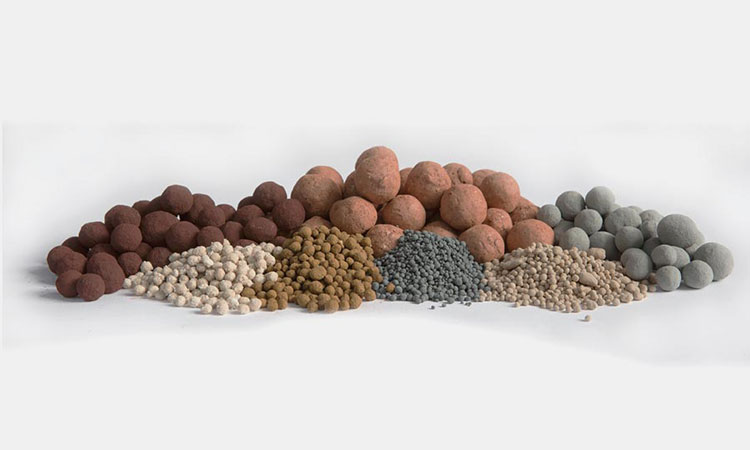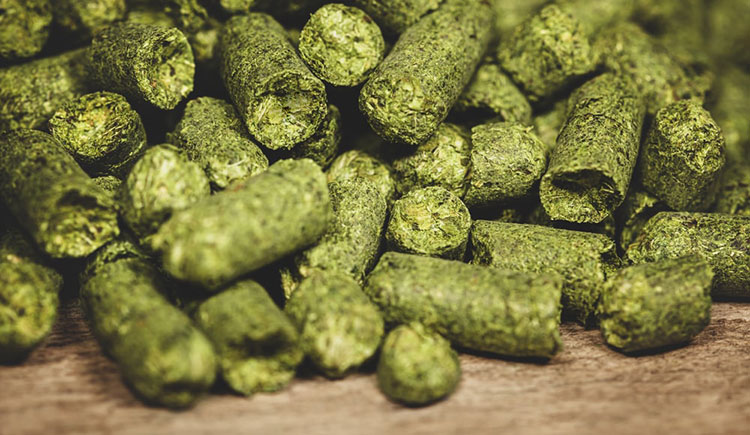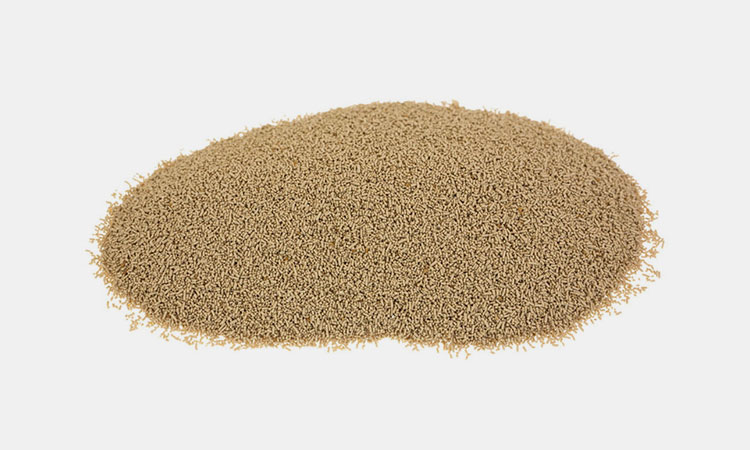Fluid Bed Processor: The Complete FAQ Guide In 2024
Fluid Bed Processor: The Complete FAQ Guide In 2024
Do you know what is a fluid bed processor? How can we use them to process fine powders, pellets, granules, and crystals? As one of the highlighting and important machines in the pharmaceutical industry, the fluid bed processor can help you with more than blending, granulating, and drying, but also pelletizing and coating different powders, particles, and granules. This FAQ guide can offer you the most complete and latest information about the fluid bed processor and their different appliance. Let’s start together!
1. What Is The Fluid Bed Processor?
Fluid Bed Processor -sourced: senieer
The fluid bed processor refers to a process in which a comprehensive technology can convert dusty powders into desirable granules. This process includes: blending, granulating, drying, pelletizing, and coating. Those machines are professionally designed for processing powders, pellets, granules, crystals, and tablets in different industries. It contains four main parts including granulating, drying, pelletizing, and coating.
2. In Which Industries Are Fluid Bed Processors Mostly Applied?
Through the continuous development of technology, the fluid bed processors can be widely applied in different industries:
Pharmaceutical Industry
The first field of application of fluid bed processors is the pharmaceutical industry. It was first applied to laboratory research and was later put into use in medical use. They are mainly used for transforming raw powders into different pharmaceutical granules for medical purposes including tablets and pills.
Chemical Industry
Fluid bed processors are often used to process some chemical powders, such as urea, fertilizers, herbicides, chemical detergents, insecticides, fungicides, pesticides, pigments, etc.
Food Industry
Fluid bed processors also can be applied for dealing food ingredients into granules or pellets to increase the shelf life, taste masking, ease of handling, controlled release, and improved taste or color. The main products for foods include soybean protein, solid beverages, instant coffee, dietary supplements, Chinese medicines, etc.
3. What Materials Are Mostly Processed By The Fluid Bed Processor?
The fluid bed processor can process fine powders, pellets, granules, crystals, tablets, etc. with good effects.
Fine Powders
Fine powders and particles are small in size and valuable for granulation. Most of the tablets and pills are made with fine powders by the tablet press machine and the fluid bed processor.
Pellets
Pellets are the raw materials for the fluid bed processor that produces the granules and tablets. Pellets are good heat-sensitive materials. In the process of being dissolved in the fluid bed, it can be melted and pelleted very well.
Granules
The fluid bed processor can deal with all kinds of granules in different industries including pharmaceutical granules, food granules, chemical granules, agriculture granules, industrial granules, etc.
Crystals
The crystals can be controlled by the fluid bed processor with good effects. They are often applied by the chemical and agriculture industry for all kinds of fertilizers and other materials.
4. What Materials Are Not Suitable For Fluid Bed Processors?
Some materials are not suitable for processing by fluid bed processors due to machine technology:
Liquids
The fluid bed processor mainly sprays a fine adhesive mist through the nozzle on the top of the fluid bed to form the required particle sizes and shapes. This spray is mainly produced by materialized air and flows downwards. So, during the drying process, if you deal with liquids, it will have no effect.
Pasty Materials
During the drying process of a fluid bed processor, the pastry materials are not easily heated and fluidized, so they are not easily dried and coated during processing.
5. What Is The Fluidization In The Fluid Bed Processor?
Fluidization In The Fluid Bed Processor -sourced: eps.leeds.ac.uk
Fluidization refers to the process when the gases are fed into the nozzle at a velocity greater than the settling velocity of the particles or solids, and the particles tend to remain suspended in the air and continue to flow upwards. This technical is the main method used in fluid beds during the fluid bed processor.
6. What Are the Stages Of Fluidization In The Fluid Beds?
Stages Of Fluidization In The Fluid Beds -sourced: kurimoto
There are several stages of fluidization in the fluid bed processing:
Static Bed
The static bed process refers to the process when the supplied air passes through the fluid bed at a low velocity without disturbing the particles. There is no air suspension of particles during this process.
Expanded Bed
The bed will get expanded when the air used is at an intermediate rate.
Mobile Bed
When the granules and particles are swept off to the top of the bed due to the high flow of the used air with high velocity. The mobile bed occurs.
Bubble Formation
When the bed expands, and the used air in a high velocity, the bubble begins formation.
Pneumatic Transport
With the air velocity dramatically increasing, the particles and granules are blown out of the stream. This is the pneumatic transport.
7. What Is The Fluid Bed In The Fluid Bed Processor?
Fluid Bed In The Fluid Bed Processor -sourced: gea
The fluid bed is a special container for heating, cooling, drying, or moisturizing the bulk solid materials by controlling the air and pressure inside. Each particle in the fluid bed will experience intense mixing so that different particles can transfer moisture to each other and heat.
They are widely applied to dry, granulate, and coat different active pharmaceutical ingredients, food powders, chemical solids, or other formulations.
8. What Is The Fluid Bed Granulation In The Fluid Bed Processor?
Fluid Bed Granulation In The Fluid Bed Processor -sourced: researchgate
The fluid bed granulation, also known as agglomeration, is one of the most important parts and techniques in the whole fluid bed process. By adding binders to the fluidized powders, these powders are then uniformly granulated according to pre-set parameters by the fluid bed granulation.
9. What Are The Stages Of Fluid Bed Granulation?
Stages Of Fluid Bed Granulation -sourced: spray
During the granulation, the particles need to be dried and moistened first.
Dry Stage Granulation
In the dry stage granulation of the fluid bed processor, the particles need proper heat to keep "dry" in the entire process with only a slight wet for keeping tacky and sticky to each other.
Wet Stage Granulation
In the wet stage granulation of the fluid bed processor, the particles need a great amount of moisture to become solvable for granulation. So the spraying rate needs to be higher than the evaporation rate until the particles build up enough moisture to granulate.
10. What Are The Features And Advantages Of The Fluid Bed Processor?
Key features of fluid bed processor:
Through-the-wall Installation
Through-the-wall Fluid Bed Processor -sourced: ACG
Most of the fluid bed processors are installed inside the wall and outside the wall to comply with the GMP requirements.
Explosion Protection Design
The design and materials used in The fluid bed processor all comply with explosion-proof, verification, identification, and legal requirements. It can provide important guarantees for your safe operation and use.
Uniformity Finished Products
The fluid bed processor adopts top and bottom spray granulation, and bottom spray coating, which can evenly coat your granules. By setting different parameters, it can manufacture and control a wide range of particle types.
Advantages of fluid bed processor:
Drying Granulation Coating In One Machine
There are designs both for the design of fluid bed processors with drying, granulation, and coating in one machine, and separate designs for fluid bed dryers, fluid bed granulators, and fluid bed coaters for your different needs.
Simple Cleaning
It uses a continuous filter cleaning system, which can provide you with a larger filter area and allow you to replace the filter very easily. Therefore, it is more convenient for your later maintenance and cleaning.
Customized Machine Lines
The fluid bed processor is capable of handling drying, granulation, and coating at the same time, all its components are easy to install. It can provide each individual working system according to your fluid bed processor, which can meet the needs of your different production lines.
11. What Are The Types Of The Fluid Bed Processor?
There are various types of fluid bed processors, and there may be more than the types that I listed. Your additions are welcome later:
Table Top Fluid Bed Processor
Table Top Fluid Bed Processor -sourced: shaktipharmatech
The table-top type fluid bed processor adopts a vertical design and an automatic mode of electrical control. Because of its compact design and the fact that it can be installed directly on the operating table (without grounding), this fluid bed processor provides you with flexible installation options.
Its unique drying, granulating, and coating methods can efficiently spray active ingredients onto the carrier by top spraying. The tabletop type fluid bed processor is suitable for efficient, accurate, and uniform drying of solid powder at low temperatures.
Mobile Type Fluid Bed Processor
Mobile Type Fluid Bed Processor -sourced: shaktipharmatech
The mobile-type fluid bed processor is removable and mobile with four rolls on the ground. It adopts a modular structure and simple design, which can provide you with flexible installation. The heating modes are selectable with the electrical, steam, and thermic fluid types. The top spray and bottom spray both can be precisely controlled with the control pump.
Through-the-wall Fluid Bed Processor
Through-the-wall Fluid Bed Processor -sourced: ACG
The through-the-wall fluid bed processor is a multifunctional piece of equipment integrating top spray granulation, coating, tangential spray granulation, and bottom spray coating. This equipment has high efficiency and low material consumption. It is mainly composed of air handling devices, spray systems, filtration systems, feeding systems, cleaning-in-place systems, safety measures, and other components.
Because the main body is supported by two columns, and the air-handling device and the like are embedded in the wall. The base part is pierced by the wall. The part exposed to the outside is composed of four parts: the base part, the product container, the expansion chamber, and the filtering type.
Fluid Bed Multifunctional Processor
Fluid Bed Multifunctional Processor -sourced: senieer
The fluid bed multifunctional processor is also called an FBM fluid bed processor. It is a versatile and practical device. The swivel lower part of this appliance system swivels easily for quick filter changes and cleaning. The fluid bed multifunctional processor can be used for drying, granulation, and granule coating at the same time.
By adopting the back-blowing filter system, this device can filter and clean continuously, and give you a larger filter area for easy filter replacement.
12. What Is The Working Principle Of Fluid Bed Processor?
Working Principle Of Fluid Bed Processor -sourced: glatt
The working process of the fluid bed processor includes drying, granulation/agglomeration, powder coating/particle coating, and pelletizing.
Fluid Bed Drying
Fluid Bed Drying -sourced: andritz
The fluid bed processor contains the fluid bed dryer which is one of the best ways to dry solids and particles. During fluidization, the fluid bed dryer will be heated and all the liquids will be drawn out from every particle surface. The fluid bed dryer will offer you good heat exchange and perfect drying time.
Fluid Bed Granulation/agglomeration
Fluid Bed Granulation/agglomeration -sourced: sciencedirect
The granulation or agglomeration can apply good ways to produce granules from powders. In the top or bottom of the fluid bed, it will spray liquids or adhesive binders to the raw materials to moisten the granulates that are dried or cooled already. After that, all the granulates are soluble in water in low density.
Fluid Bed Powder/particle Coating
Fluid Bed Powder/particle Coating -sourced: researchgate
By applying a layer of coating or protective film on the outer edge of the particles, it can cover the taste of the particles, prolonging the shelf life of the particles, or increasing the color and luster. The fluid bed processor was able to provide a high-quality and uniform coating process to the granules without any damage or tearing.
Fluid Bed Pelletizing
Fluid Bed Pelletizing -sourced: solutionpharmacy
During the pelletizing, the powders are well mixed and moistened. After being drying and granulated with the agent, the agglomerates will be transformed into the uniform pellets with different layers.
13. What Are The Main Parts And Structure Of The Fluid Bed Processor?
There are three main parts of the fluid bed processor.
Fluid Bed Dryer
Fluid Bed Dryer -sourced: pharmaceuticalsky
The fluid bed dryer is a container that ensures raw materials drying with heating techniques of proper temperature. The warm inside the container will heat the airflow that gently dries materials until the required moisture is reached.
Fluid Bed Granulator
Fluid Bed Granulator -sourced: glatt
The fluid bed granulation, also known as agglomeration, is one of the most important parts and techniques in the whole fluid bed process. By adding binders to the fluidized powders, these powders are then uniformly granulated according to pre-set parameters by the fluid bed granulation.
Fluid Bed Coater
Fluid Bed Coater -sourced: gea
The fluid bed coater is the combination of the spray granulation and the coating device. It can offer you high-quality and high-speed tablet coating functions. The coat can be applied in small-scale research and production applications and is suitable for granulating, drying, and coating with high efficiency.
The main structure of the fluid bed processor is:
Main Structure Of Fluid Bed Processor -sourced: pharmacygyan
Inlet
The inlet is for supplying the air and gases. The gases must be introduced from the top and heated to the required temperature by the heater.
Outlet
The outlet is dedicated to the exhaust gas. Discarding occurs as a result of heating and then filtering of the introduced gas. Also, the exhaust needs to be expelled from the top.
Re-circulation Control
Re-circulation control is mainly used for the circulation system of all gases in the container. If the gas in the container cannot be circulated, the introduction and discharge of air or gas will not be smooth.
Air Heaters
The air heaters are made of special heat-sensitive materials. It is mainly used to heat incoming air and gases. The heated gas will melt the material through the circulation system so that the subsequent granulation and coating can be carried out better.
Hot Air
Hot air is produced by heating air and gas with an air heater. Air and gases expand when heated moderately. In this way, the air circulation in the container is accelerated, so that the materials behind can be heated and dissolved evenly.
Air Filter
After the air and gas are heated by the air heater, they enter the filter. The filtered gas then enters the material bed at the bottom.
Fan
Fans are mounted on top of the container. Anyway, it can accelerate the airflow and gas circulation in the container. This allows the heated gas to better dry the bore in the container.
Filter Bags
Filter bags have the shape of fingers. This can increase the area of the drying bed, help to increase the drying rate and reduce the drying time.
Detachable Bowl
The detachable bowl is used for holding the fluid solids and particles. Some type of fluid bed processor is designed with a vibrated bowl for special purpose.
Fluidized Solids
When the gas is flushed, the material is heated and dissolved, forming a fluid bed. The fluid bed will be expanded. After that, the fluid solids will be dried, granulated, and coated.
Perforated Plate
The fluid bed processor has a stainless steel chamber. The bottom of the stainless steel chamber has a removable perforated plate. During the drying process, the perforated plate ensures a uniform and stable distribution of fluidization.
14. What Are The Types Of Spray System In The Fluid Bed Processor?
Types Of Spray System In The Fluid Bed Processor -sourced: cjtech
According to the position of the spray gun, there are three types of spray system in the fluid bed processor:
Top Spray
Top Spray -sourced: cjtech
The top spray nozzles are generally located on top of the fluid beds. This gives a good and comprehensive spray of the liquid mist onto the raw materials. The purpose of this design is to dissolve the raw materials well and distribute them evenly in the container. In this way, their packing density can be well controlled.
Bottom Spray
Bottom Spray -sourced: cjtech
The bottom spray nozzles are all at the bottom of the fluid beds, spraying the liquid mist onto all the raw materials from bottom to top. This gives the appearance of a fountain. The bottom spray design achieves the highest coating quality and is able to provide the highest quality coating for all granules.
Tangential Spray
Tangential Spray -sourced: cjtech
The technical principle of tangential spray is very similar to that of the bottom spray. The rotation of the chassis is driven by the motor to keep the particles continuously rotating. While the pellets are kept spinning, bottom spray paint is sprayed evenly and cleanly into the pellets.
This process can be applied in the granulation process for better compressibility, and also in layering and coating for film coating, enteric coating, delayed release and hot-melt coating, etc.
15. What Are The Common Problems In The Fluid Bed Processor?
There are some common problems are easily occur in the process of fluid bed processors in different stages:
Excessive Fines
The inlet air temperature is too high. If the temperature is too high, the raw material will be damaged and will be excessively fined. The low rate of binder spray and the insufficient binder will also lead to the excessive fines of particles. If the fluidization velocity or airflow is too high, it will cause excessive fines, too.
Poor Fluidization
If you put too many products in the container or there is not enough pressure for the processor fan, it will cause poor fluidization. At the same time, if the air distributor plate is incorrect, it will cause poor fluidization.
Moisture Inconsistency
Due to inadequate process of drying, improper fluidization, and the displaced temperature probe, all will lead to moisture inconsistency.
Insufficient Drip
If the exhaust filter porosity is blocked or too small, the spray drip will not be efficient. So you need to check the exhaust filter every time before you use it and clean it up after application.
Non-uniformity Of Finished Products
If the finished products are not as uniform as you planned, there may be some problems with the filter shaking or the materials are too lumpy before you upload. You can control the filter shaking and spray time and make sure the time is long enough.
16. What Are The Troubleshooting For The Fluid Bed Processor?
During the fluid bed processing, a lot of problems may arise and there are a lot of considerations you need to take into account:
Accidental Blast
Because high pressure is easily generated in the stainless steel container. In the event of an accidental blast, you should check the filter regularly for clogging and you should clean the filter regularly.
Lumps Or Oversized Particles
Excessive moisture or too high a binder concentration will cause lumps or oversized particles. You need to lower the spraying rate and increase inlet air and inside temperatures.
Powder Layer At The Dome And Filters
Before uploading the raw materials, you need to preheat the fluid bed and add more water to spray liquids. To avoid the powder layer at the dome and filters, you need to lower the inlet air temperature first and reduce the spraying rate.
Particles Low Density
Pre-milling the raw materials at first and then reducing the binder concentration.
Conclusion:
The fluid bed processor brings you great benefits including improving your product quality and reducing the processing time and manufacturing cost. This advanced technique can help with the mixing of powder and liquids efficiently and uniformly. About this complete fluid bed processor FAQ guide, if there is more you want to know or you are curious about, you are welcome to our official page or consult our professional customer service.
Don't forget to share this post!
CONTACT US
Tell us your raw material and project budget to get quotations within 24 hours.
WhatsApp Us: +86 181 7101 8586
The Buyer's Guide
Tell us your material or budget, we'll reply to you ASAP within 24 hours!
Fluid Bed Processor: The Complete FAQ Guide In 2024 Read More »
